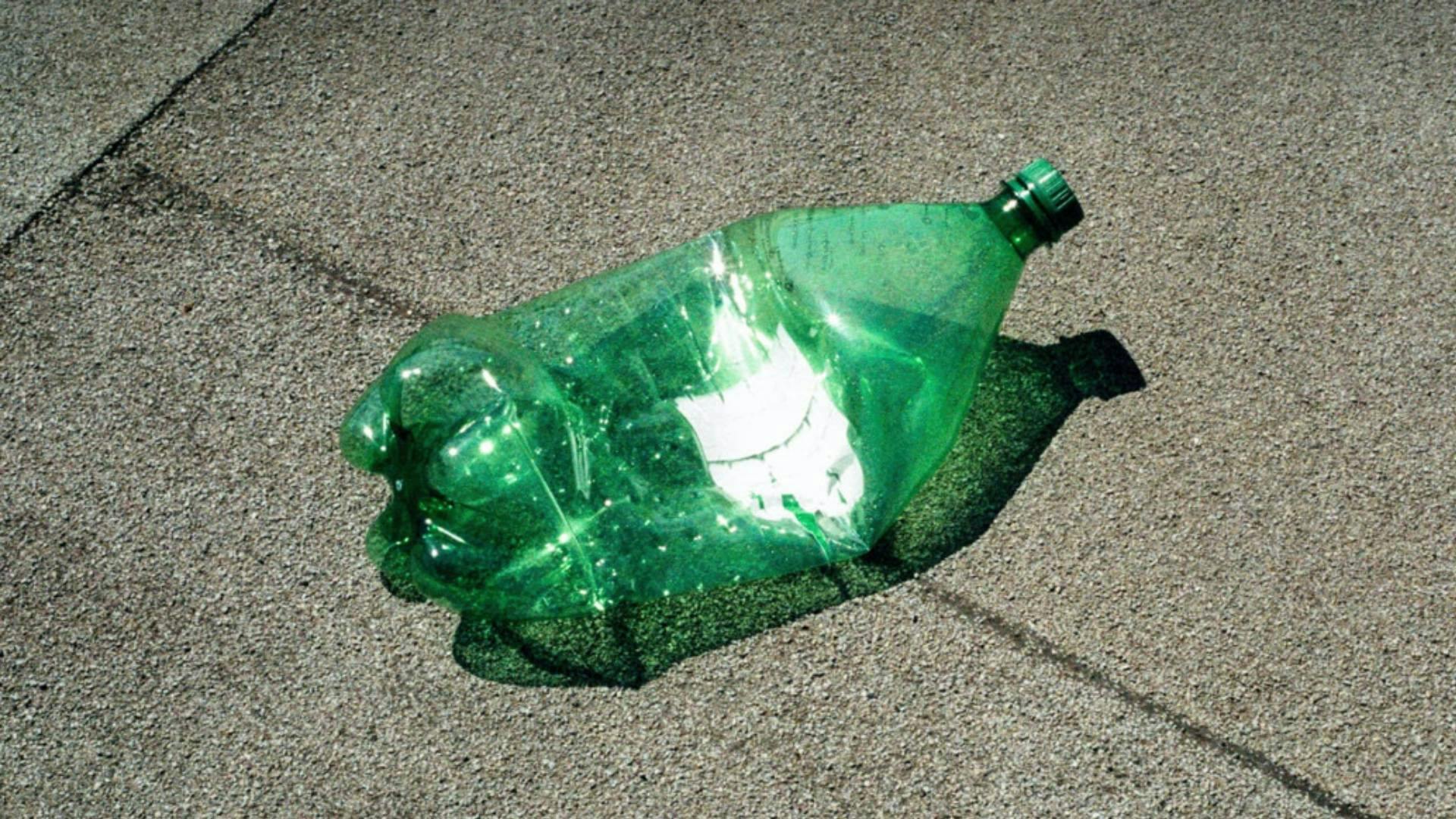What is Circular Economy?
April 17 | BY PÅ(FYLL)™

Every year, over 350 million tons of plastic waste are generated. More than 60% of it comes from consumer goods, and only 9% is recycled. In Norway, we have one of the highest per capita consumption rates, so we need more circular services.
We understand that solving the waste problem on your own can seem like an impossible task. That's why the circular service På(fyll) exists.
Reusing Plastic Packaging
One way to contribute to a greener and more environmentally friendly society is to reduce the use of single-use plastic packaging. We give Norwegian households and individuals the opportunity to participate in the environmental effort by reusing packaging for various cleaning and soap products.
To achieve the climate, environmental, and sustainability goals we have committed to by 2030, Norway needs more circular services like På(fyll). Services that help you lead a greener life. We must transition from today's use-and-dispose mentality to a circular economy and reuse, as reflected in the National Strategy for a Green Circular Economy.

What is Circular Economy?
In a circular economy, products are used repeatedly in a loop to reduce waste. The transition from a linear to a circular economy requires a change in mindset, as well as changes in design, production, and production methods.
You as a consumer must be given the opportunity to consume without generating waste, without them having to sacrifice something they need in everyday life. It's about using resources more efficiently. If we can transition to a circular economy, we will reduce greenhouse gas emissions and other pollution while opening up new green business models.
In UN Sustainable Development Goal 12: Responsible Consumption and Production among other things, it is stated that we must significantly reduce waste through prevention, reduction, recycling, and reuse by 2030.

På(fyll)'s Role in the Circular Economy
Norway and we Norwegians can contribute by becoming more active in the circular economy. In recent years, we have heard that a green train is going through Europe, and with that comes many new demands on how we should use our resources better and make things more circular. På(fyll) is circular "by default" and therefore more sustainable, it is in our DNA. The more products we sell, the more plastic waste is eliminated because of our refillable containers, which we take back and use again and again. We also hope that we can inspire other Norwegian companies to come up with new circular services.
The important transition is happening now. Circular Norway, which is a driving force for transitioning Norwegian businesses and municipalities to a circular economy, collaborates with leading environmental initiatives in Europe with the goal of enabling Norway to meet the climate and sustainability targets of the Paris Agreement.




















